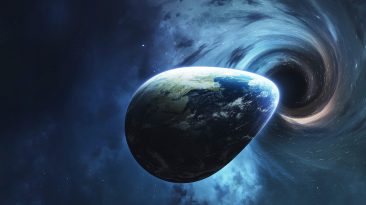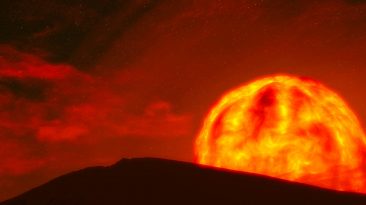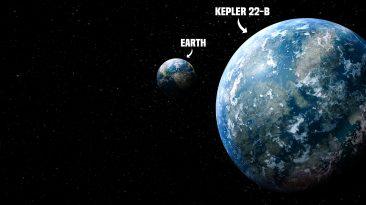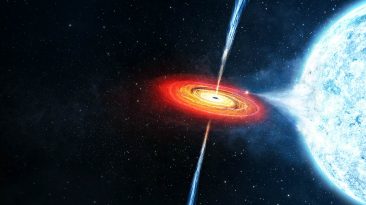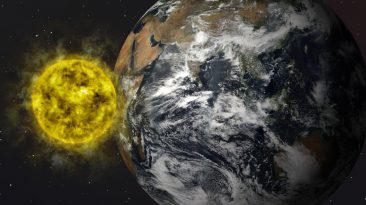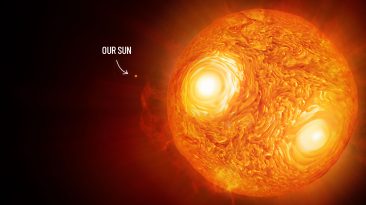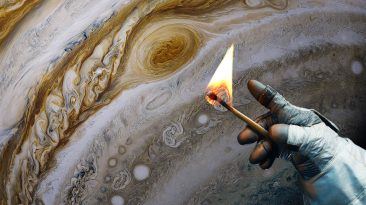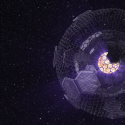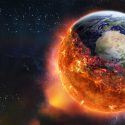From the gradual heating of our Sun to the slow death of the cosmos, the future of Earth and the Universe is a story of breathtaking transformations, cosmic collisions, and inevitable endings. Here is a timeline of what scientists believe will happen in the distant future, billions and even quintillions of years from now.
1 Billion Years from Today: A Dead and Silent Earth
In one billion years, Earth will no longer be the vibrant blue planet we know. Changes in the Sun’s output will have turned it into a dry, lifeless world. The Sun grows hotter by about one degree Celsius every 100 million years, and by this time, Earth’s average surface temperature will have soared to around 47°C (117°F).
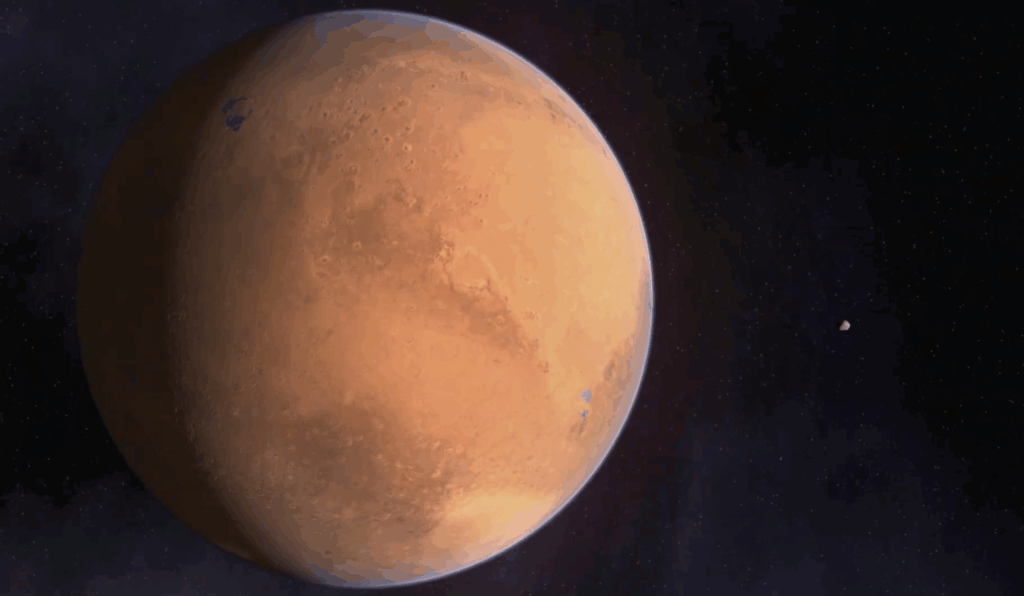
This increase will disrupt the carbon cycle, causing plants to die off, followed by the extinction of animals. Any life that might have clung to the oceans will vanish once the heat evaporates the water. Earth will be left as a barren brown rock, its once lush landscapes erased.
If humanity survives, we will need to have migrated far from the Solar System, possibly to distant planets or moons orbiting other stars. The outer planets and their satellites might serve as temporary refuges before we push further into the galaxy. It is even possible that some humans will have transferred their consciousness into machines, existing as artificial intelligence, but those machines will still require physical colonies to support them.
10 Billion Years from Today: The Sun’s Death and the Birth of Milkomeda
By the time ten billion years have passed, our Sun will have exhausted the hydrogen in its core. It will swell into a red giant, engulfing Mercury and likely Venus. Earth, stripped of its atmosphere and oceans, will be reduced to its iron core before being vaporized. Eventually, the Sun will shrink into a white dwarf, about the size of Earth, glowing faintly in the dark.
During this period, the Milky Way will collide with our neighboring galaxy, Andromeda. The two will merge into a massive new galaxy called Milkomeda. Despite the violent imagery this evokes, actual star collisions will be rare due to the vast distances between them.
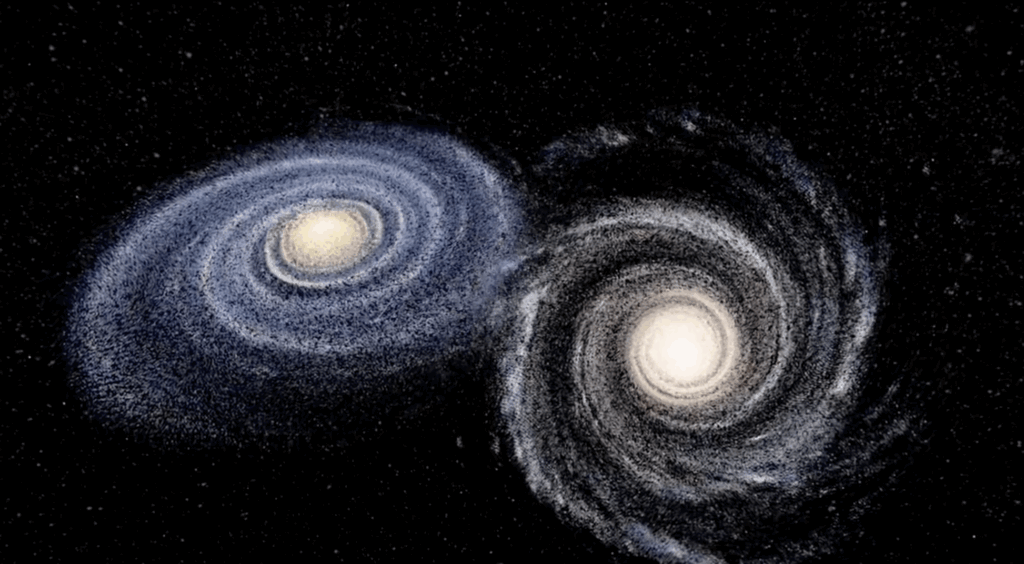
For our Solar System, the merger will be dramatic. There is a 50 percent chance we will be pushed three times farther from the galactic core and a 12 percent chance we will be ejected entirely from Milkomeda. Humanity, if still in existence, will likely have long abandoned this unstable region for safer galaxies.
22 Billion Years from Today: The Threat of the Big Rip
Some cosmologists predict that in about 22 billion years, dark energy could cause the Universe to tear itself apart, a scenario known as the Big Rip. As this mysterious force accelerates the expansion of the Universe, galaxies will drift away from one another. Eventually, stars, planets, and even atoms would be pulled apart.
While there is some evidence suggesting this fate could be real, it is not certain. If the Big Rip does not occur, the cosmos will continue evolving into even more distant and stranger futures.
100 Trillion Years from Today: The End of Star Formation
The next phase is the Stelliferous Era, the age of stars. Over trillions of years, the stars we know will burn out. Smaller stars like red dwarfs, which can live for up to 100 billion years, will outlast the larger ones, but eventually they too will fade.

As massive stars die, they explode as supernovae, creating neutron stars or black holes. The process releases heavy elements into space, but over time, hydrogen, the fuel for star formation, will run out. Once it is gone, no new stars can form. The Universe will begin to dim, entering an age dominated by stellar remnants.
10 Quintillion Years from Today: The Degenerate Era Begins
The Universe will be a far darker place, filled only with the faint glow of white dwarfs, brown dwarfs, neutron stars, and black holes. Occasional collisions between stellar remnants might briefly ignite new stars, but these events will be rare.
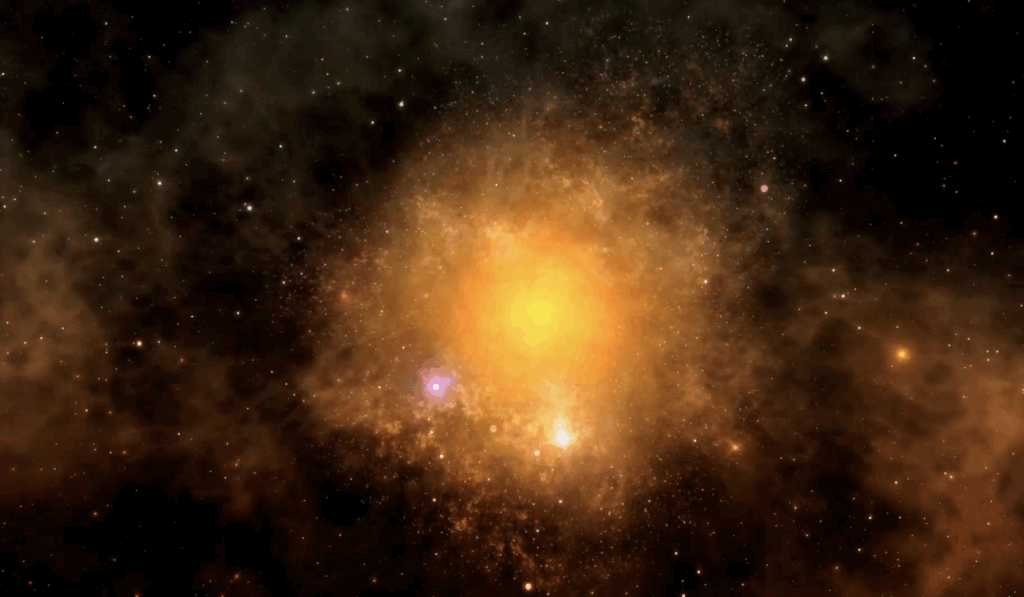
If humanity still exists, survival will be a challenge. We may no longer have physical bodies, existing instead as energy or digital consciousness, though these too would require power sources in an increasingly cold and resource starved Universe.
10 Decillion Years from Today: Proton Decay and the Slow Death of Matter
Over time, the very building blocks of matter, protons, may begin to decay. This process would dismantle atoms themselves, leaving the Universe with nothing but a thin haze of subatomic particles. White dwarfs and neutron stars will fade until they emit only the light of a few dim bulbs.
At this stage, the fate of the Universe appears sealed. With the decay of protons, all matter as we know it would eventually vanish.
10 Duodecillion Years from Today: The Black Hole Era
The final chapter belongs to black holes. In this unimaginably distant future, they will be the only large structures remaining, slowly consuming any stray matter. Nothing can escape their pull except for the slow leak of energy known as Hawking radiation.

This process will take trillions upon trillions of years, but eventually even black holes will evaporate, leaving behind a Universe that is dark, cold, and empty.
From the vibrant life of today’s Earth to the cold emptiness of the far future, our Universe is destined for dramatic change. Whether humanity survives to witness these events depends on our ability to adapt, explore, and perhaps one day escape the confines of our dying home.













